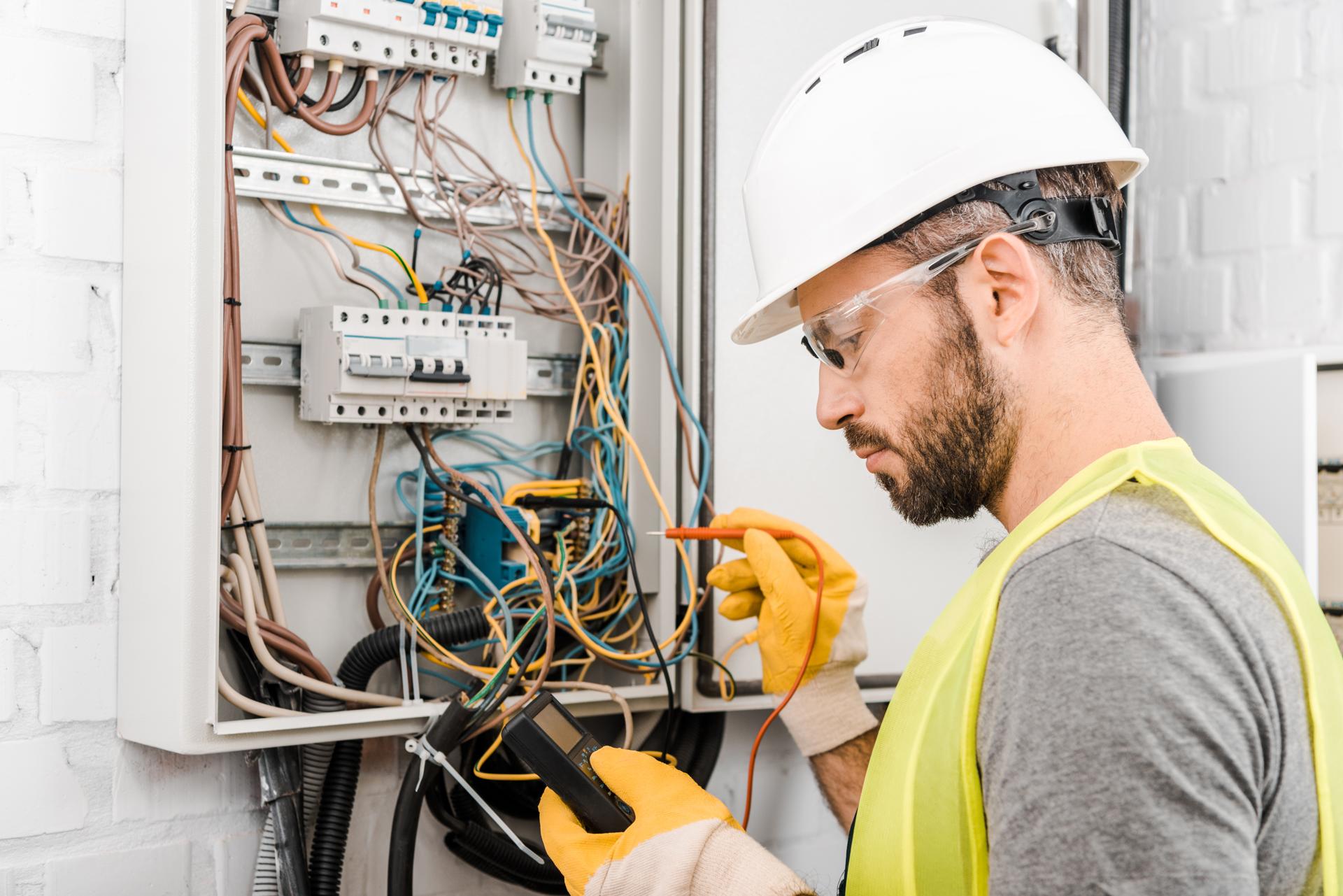What You Need to Know About Electrical Wiring in Your Home: An Overview

Electricity is a vital part of our lives, supplying everything from the lights of your homes, to gadgets we use every day. However, electrical systems can be complex, and understanding how they operate can be challenging. In this guide we’ll go over the various components that make up an electric system, and show how circuits operate to power devices and appliances. Our residential electricians can handle any electrical jobs you need.
Components of an Electrical System
An electrical system has several key components that work together to supply power to the home. This includes:
Breaker box is the central distribution point for electrical power in homes in which the power is split into various circuits
Switches and outlets: places where electricity is delivered to appliances and devices
Wiring: the electrical wires that transport electricity from the breaker box to outlets and switches
Electric appliances, devices and equipment: devices and appliances that use electricity for their functions.
Electrical Circuits
An electrical circuit is a pathway that allows electricity to flow from the source (the breakers box) to appliances and devices within the home. There are two kinds of electrical circuits found in a home that are 120-volt and circuits with 240-volt voltage. 120-volt circuits are employed for most household devices and appliances, whereas 240-volt circuits are used for larger appliances like dryers and air conditioners.
Electrical circuits work by creating a loop that allows electricity to be transferred from the source to the appliance or device. The loop consists of a hot wire which transports the power along with a neutral wire that completes the circuit and the ground wire which provides an avenue for the electricity to get to the ground in the event the fault occurs.
Understanding Electrical Wiring
Electrical wiring is available in a variety of kinds, such as non-metallic sheathed cables (NM) and armored cable (AC) and conduit. Each has its advantages and disadvantages and the selection of the type of wiring is based on the specific needs of the installation.
Wiring conducts electricity through a flow of electrons through the wire. Electrons move from the source to the device or appliance returning to the source using the neutral wire. It’s essential to ensure that the wiring is put in place and maintained correctly, as defective wiring could lead to electrical dangers like shocks and fires.
Common Electrical Issues
The most frequent electrical problems found in homes include tripping breakers, flickering lights, and electrical outlets that are not working. These issues can be caused due to a variety of reasons such as overloading circuits broken connections, and defective wiring.
If you experience one of these problems, it’s crucial to pinpoint the source and take steps to correct the issue. In some instances it may be necessary to contact an accredited electrician to look over and fix the wiring.
Conclusion and Call to Action
In conclusion, understanding how electrical wiring works is essential to ensure the safety and reliability of your home’s electrical system. If you follow the rules laid out in this article to stay secure and avoid potential dangers.
In case you’ve got any concerns or questions regarding the electrical system in your home Don’t hesitate to reach out to Local Electrician Northern Beaches. Our team of licensed electricians has the experience and knowledge to address all of your electrical requirements. Contact us at 1300 610 481 to schedule a appointment.
FAQ
What are the signs of a faulty electrical wiring?
Signs of defective electrical wiring can include tripping breakers, flickering lights, or dead outlets, among others.
How often should I have my electrical system at home inspected?
It’s suggested that you ensure that your electrical system is examined by a licensed electrician at least every 10 years.
What is the lifespan for electrical wires?
The life span of electrical wiring is based on many factors, such as the type of wiring used, the environment it’s installed in, as well as the quality of the installation. The majority of electrical wiring will last for at least thirty years, or even more if it’s installed with correct installation and care.
Do I have the ability to fix electrical issues myself or should I always employ an electrician?
While some electrical problems are fixable by homeowners, it is advised to hire an authorized electrician to complete most electrical repairs. Making attempts to fix electrical problems with no proper training or knowledge can be risky and could cause damage or injury in your house.
What do I do if encounter an electrical problem in my home?
In the event of an electrical emergency the first step is to cut off the power supply to the affected location by turning off the fuse or breaker. Then, contact an authorized electrician to look into and fix the issue as soon as is possible.
If you follow these tips, you can ensure the security and reliability of your home’s electrical system and prevent any potential dangers. Keep in mind that when it comes to electrical repairs as well as installations, it’s always recommended to rely on the professionals. Contact Local Electrician Northern Beaches at 1300 610 481 for all your electrical concerns.
